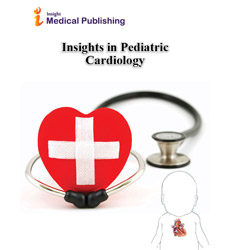Abstract
Spectrographic analysis of normal and continuous adventitious breath sounds in children
Objective: Diagnosing pulmonary diseases with auscultation of breath sounds in children is often difficult because of its high dependence on the clinician’s experience of special circumstances involving children. The purpose of this study was to analyze the spectrograms of normal and continuous adventitious breath sounds to reproducibly find the appropriate character of breath sounds through a mechanical analysis.
Methods
Subject: (i) Period: May, 2019 – September, 2019 (ii) Place: Eun-pyeong st. Mary’s Hospital, outpatient clinic of Pediatrics (iii) Subject: Children visited for medical treatment (n=432).
Collection of data: Respiratory sound files were recorded (n=2217).
Instrument: Electronical stethoscope (JABES®).
Position: Right and left side of both anterior and posterior chest (total of 4).
Selection of data: Well-recorded normal and continuous adventitious breath sounds were selected. Selected files were cut into one respiratory phase unit (inspiration & expiration) Total of 289 files from 91 subjects was obtained.
Classification of selected data: Normal breath sounds, Continuous adventitious breath sounds.
- Wheezing: continuous sound over 400 Hz., mostly in expiration
- Rhonchus: continuous sound under 200 Hz., mostly in expiration
- Mixed: continuous sound between 200 and 400 Hz., mostly in expiration
Data analysis: Spectrogram of 289 files was drawn and common characteristics were found.
Conclusion: In this study, typical characteristics of normal and continuous adventitious breath sounds were determined from the corresponding spectrograms. In statistics of continuous adventitious sounds, durations of wheezing, rhonchus and mixed sound showed significant difference. Number of continuous sound per files, on the other hand, didn’t show significant difference. Spectrographic data of more samples would improve our understanding of the characteristics of different breath sounds that are not well-known to date.
Author(s):
Sung Eun Kim and Jong-seo Yoon
Abstract | PDF
Share this

Google scholar citation report
Citations : 5
Insights in Pediatric Cardiology received 5 citations as per google scholar report
Insights in Pediatric Cardiology peer review process verified at publons
Abstracted/Indexed in
- Google Scholar
- Secret Search Engine Labs
Open Access Journals
- Aquaculture & Veterinary Science
- Chemistry & Chemical Sciences
- Clinical Sciences
- Engineering
- General Science
- Genetics & Molecular Biology
- Health Care & Nursing
- Immunology & Microbiology
- Materials Science
- Mathematics & Physics
- Medical Sciences
- Neurology & Psychiatry
- Oncology & Cancer Science
- Pharmaceutical Sciences

